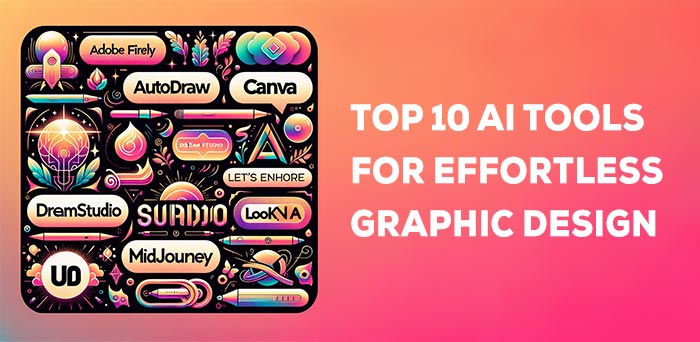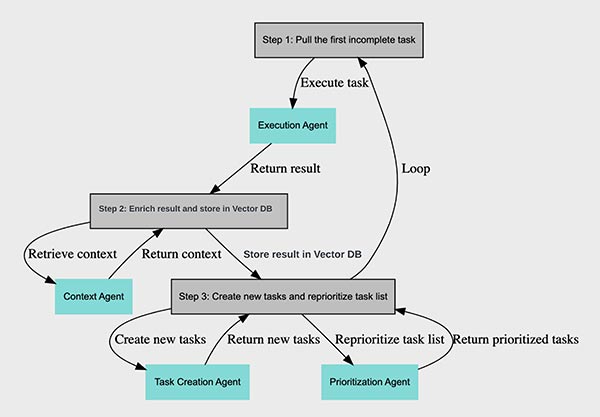Baby AGI represents a groundbreaking advancement in the realm of artificial general intelligence (AGI), setting itself apart as an innovative tool designed to push the boundaries of machine learning. This article explores the key features, pros, and cons of Baby AGI, shedding light on its potential applications and contributions to the evolving landscape of artificial intelligence.
Key Features of Baby AGI:
- Adaptive Learning Algorithms:
Baby AGI distinguishes itself with adaptive learning algorithms that mirror human cognitive development. This feature enables the AI to learn dynamically from interactions and evolve over time, mimicking the learning process observed in humans. - Generalization and Transfer Learning:
The tool showcases an impressive ability to generalize knowledge and apply it to new, unseen problems—a defining characteristic of true AGI. This capability positions Baby AGI at the forefront of advancing machine learning models beyond narrow tasks. - Natural Language Processing (NLP):
Equipped with sophisticated NLP capabilities, Baby AGI demonstrates a proficiency in understanding and generating human-like text. This feature opens avenues for enhanced communication and interaction between machines and humans. - Open-Source Community:
Baby AGI thrives on the support of a robust open-source community. This collaborative environment encourages researchers, developers, and AI enthusiasts to contribute to its development, fostering innovation and exploration in the realm of AGI.
Pros of Baby AGI:
- Cutting-Edge Research:
Baby AGI contributes to cutting-edge research in AGI, pushing the boundaries of what is achievable in the field. Its advanced features make it a catalyst for groundbreaking advancements in artificial general intelligence. - Community Support:
The tool benefits from a global developer community, drawing insights and contributions from diverse perspectives. This collaborative approach enhances the tool’s capabilities and ensures a collective effort in advancing AGI. - Innovative Learning Model:
Baby AGI introduces innovative paradigms for machine learning, potentially leading to the development of more versatile AI systems. Its focus on adaptive learning and transfer learning offers a glimpse into the future possibilities of artificial general intelligence. - Transparency:
Being an open-source tool, Baby AGI provides transparency in its development process and algorithms. This openness fosters trust and understanding among users, allowing them to comprehend and contribute to the underlying technology.
Cons of Baby AGI:
- Complexity:
The advanced nature of AGI makes Baby AGI a complex tool that may pose a challenge for beginners in the field. Its intricate algorithms and features require a certain level of expertise to navigate effectively. - Niche Application:
While Baby AGI excels in research and experimental contexts, it is not yet widely adopted for commercial use. Its current focus on advancing AGI limits its immediate applicability in broader, real-world scenarios. - Resource Intensive:
Developing and running AGI systems typically demand significant computational resources. Baby AGI, being at the forefront of AGI development, may require substantial computing power, potentially limiting its accessibility for some users.
Conclusion:
In conclusion, Baby AGI emerges as a pioneering AI tool that spearheads the pursuit of true artificial general intelligence. With its emphasis on adaptive learning, transfer learning, and a strong community-driven approach, Baby AGI contributes to cutting-edge research and innovation in the AI landscape. While its complexity and niche application may present challenges, the potential impact of Baby AGI on the future of artificial intelligence is undeniable. As the tool evolves and gains broader acceptance, it stands poised to redefine the possibilities of machine learning and AI in the years to come.









